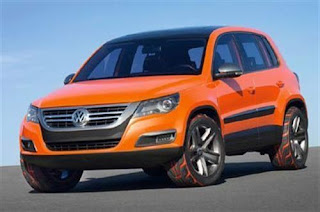
When the Aston Martin DBS made its debut as James Bond’s car in the 2006 movie Casino Royale, it got wadded into a ball during an avoidance maneuver. Aston’s people were unruffled by the destruction of their car. They knew the DBS had to be forcibly flipped by the moviemakers.
They also knew that a hit movie would provide great publicity and that Bond has crashed Astons before without hurting the marque’s safety rep. The company can make more, but it won’t make many. The factory is production-constrained, and no more than 600 DBS models will pass through the gates each year, with 150 to 200 earmarked for U.S. delivery. Since the DBS is priced at $265,000, one shouldn’t expect it to be reproduced like an iPod. That kind of money ought to buy exclusivity.
And that’s particularly true since Aston’s almost equally striking DB9 is about 100 grand less expensive. But there are many differences between the two, even though the DBS uses the DB9’s VH-platform technology—bonded aluminum sheet and extrusions—for its structure. Specific to the DBS is a cross-car dashboard-supporting beam with new cast members at its nodes to improve stiffness and control steering-column shake.
Unlike in the DB9, the rear subframe in the DBS is solidly mounted, and the trunk and door-frame apertures are lighter. To keep weight down, Aston engineers used carbon fiber for the hood, front fenders, and trunklid.
Although the roof and the doors are shared with the DB9, the DBS is wider front and rear (by 0.8 inch and 1.6 inches). Don’t expect any more space inside the DBS, but the interior is quite special, with carbon-fiber trim, an improved dash layout, and a sapphire “key” that docks in a slot in the dashboard and is pressed to start the engine.
With 510 horsepower, the engine is Aston’s strongest, chiefly because of a new inlet manifold and new cylinder heads with better inlet-port design. But the torque peak is unchanged at 420 pound-feet. No one will complain because the 5.9-liter V-12 pushes the 3750-pound coupe around with real authority, making some of the world’s best automotive sound effects in the process.
A six-speed Graziano transaxle was the only transmission available in the early production models we drove, and it worked smoothly and accurately, but an automated six-speed manual is expected to follow. That might suit the flexible nature of this gen-four V-12 even better.
Slowing the action is a quartet of huge carbon-ceramic brake rotors peeking from 20-inch, split-spoke alloys. They work with the transparency of conventional steel discs, with perhaps even less noise. To broaden the car’s handling repertoire, adaptive shocks are fitted with a choice of luxury and sport settings, each with a range of damping values. The result is a car that is as refined and functional as it is visually arresting and flamboyantly fast.
Hardly a car for a spy, is it?
Thursday, March 6, 2008
Aston Martin DBS
Labels:
Aston Martin
Subscribe to:
Post Comments (Atom)

1 comment:
See Here or Here
Post a Comment